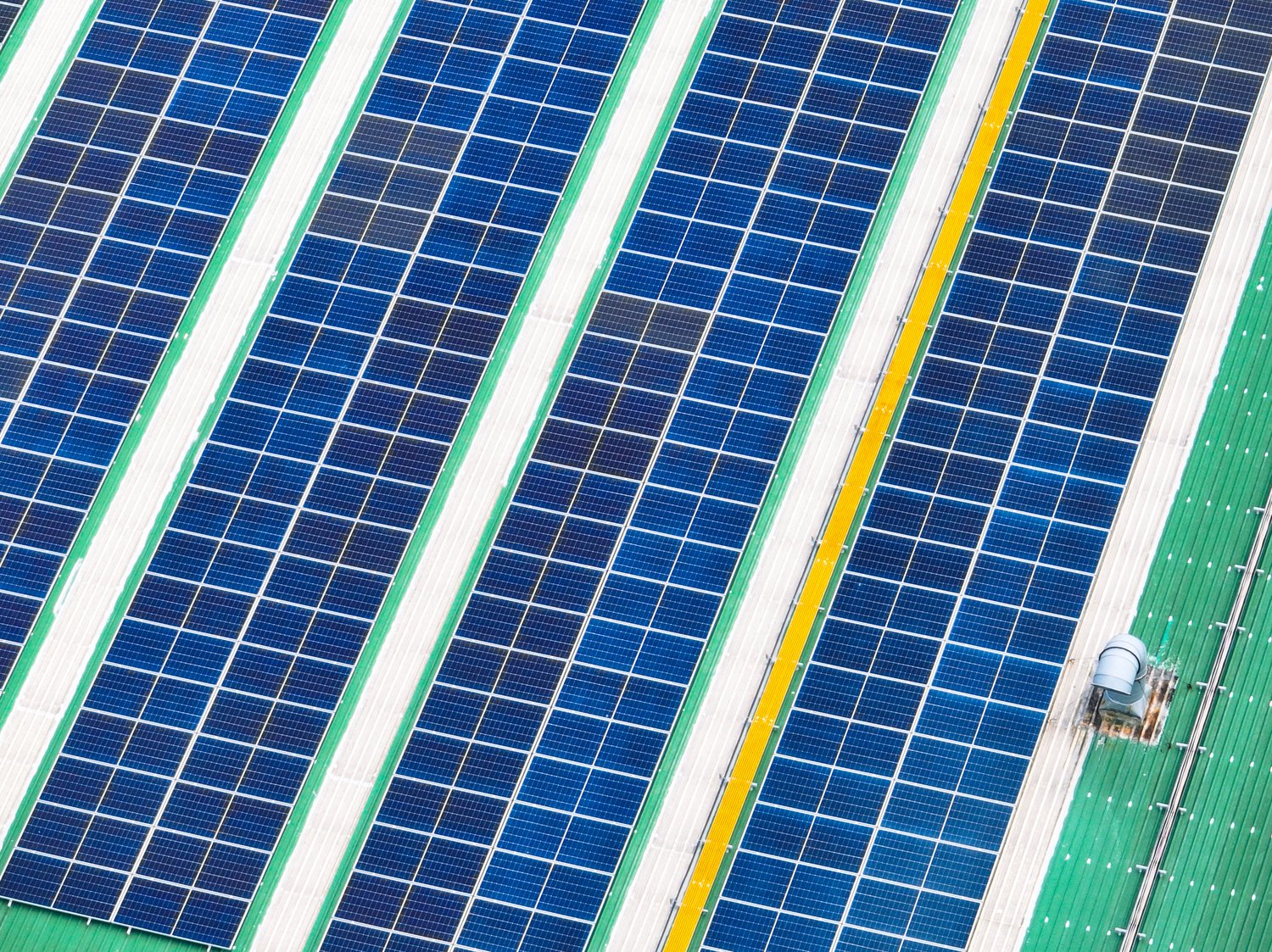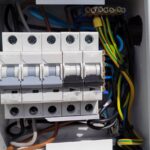Understanding photovoltaic technology
Photovoltaic systems convert sunlight into electricity. These systems consist of solar panels, inverters, and mounting equipment. Fotovoltaics panels are the primary component, capturing solar energy. A typical residential system generates between 3 and 10 kilowatts of power. This technology has been around since the 1950s but has become increasingly efficient and affordable in recent years.
Modern solar cells can convert up to 22% of sunlight into usable electricity. The average lifespan of a solar panel is 25-30 years. Inverters, which convert DC power from panels to AC power for home use, typically last 10-15 years. Proper installation and maintenance can significantly extend the life of these components.
Fotovoltaics panels https://onninen.pl/en/products/Photovoltaic-and-energy-storage-systems/Fotovoltaics-panels come in various types, including monocrystalline, polycrystalline, and thin-film. Monocrystalline panels are the most efficient but also the most expensive. Polycrystalline panels offer a balance of efficiency and cost. Thin-film panels are less efficient but can be more flexible in their application.
Benefits of installing a photovoltaic system
Installing a photovoltaic system can significantly reduce electricity bills. The average homeowner can save between $10,000 and $30,000 over the lifetime of their system. These savings vary depending on local electricity rates and system size. In addition to financial benefits, solar power reduces a home’s carbon footprint.
Many governments offer incentives for solar installation. These can include tax credits, rebates, and feed-in tariffs. The U.S. federal tax credit currently allows homeowners to deduct 26% of the cost of their solar system from their taxes. Some states offer additional incentives, further reducing the overall cost of installation.
Photovoltaic systems can increase property value. Homes with solar panels sell for an average of 4.1% more than comparable homes without solar. This translates to an additional $9,274 for the median-valued home in the U.S. Solar installations also typically increase a home’s energy efficiency rating, which is increasingly important to buyers.
Sizing your photovoltaic system
Determining the right size for your photovoltaic system is crucial. The average U.S. home uses about 10,649 kilowatt-hours of electricity per year. To meet this demand, a typical system would need to be between 6 and 8 kilowatts. However, energy usage varies widely between households and regions.
To accurately size your system, review your past 12 months of electricity bills. Look for your total annual consumption in kilowatt-hours. Consider future changes in energy use, such as purchasing an electric vehicle or adding a home addition. A professional installer can help you determine the optimal system size based on your roof space and energy needs.
Photovoltaic and energy storage systems https://onninen.pl/en/products/Photovoltaic-and-energy-storage-systems can be designed to meet various energy goals. Some homeowners aim for 100% energy independence, while others may be satisfied with offsetting a portion of their electricity use. Your budget and available roof space will also factor into the system size decision.
Installation process and considerations
The installation process typically takes 1-3 days for a residential system. This process includes mounting the panels, installing the inverter, and connecting the system to your home’s electrical panel. A final inspection and utility company approval are required before the system can be activated.
Roof condition is a critical factor in solar installation. Most installers recommend that your roof have at least 10 years of life left before installing solar panels. The ideal roof for solar has a slope between 15 and 40 degrees and faces south, southeast, or southwest. However, modern panel technology allows for effective installation on a variety of roof types and orientations.
Consider potential shading issues when planning your installation. Trees, chimneys, and nearby buildings can all impact solar panel efficiency. A professional solar assessment can identify potential shading problems and recommend solutions, such as tree trimming or panel placement optimization.
Maintenance and long-term care
Photovoltaic systems require minimal maintenance. Regular cleaning can help maintain optimal efficiency. In most climates, rain naturally cleans the panels, but areas with high dust or pollen may require occasional manual cleaning. Experts recommend cleaning panels 1-2 times per year.
Monitor your system’s performance regularly. Many modern systems come with monitoring software that allows you to track energy production in real-time. A sudden drop in production could indicate a problem that needs attention. Most issues can be resolved quickly if caught early.
Plan for inverter replacement after 10-15 years. This is typically the only major maintenance expense for a photovoltaic system. Some homeowners choose to upgrade their inverters at this time to take advantage of improvements in technology. Regular system checks by a professional can help ensure your system continues to operate at peak efficiency for decades.





